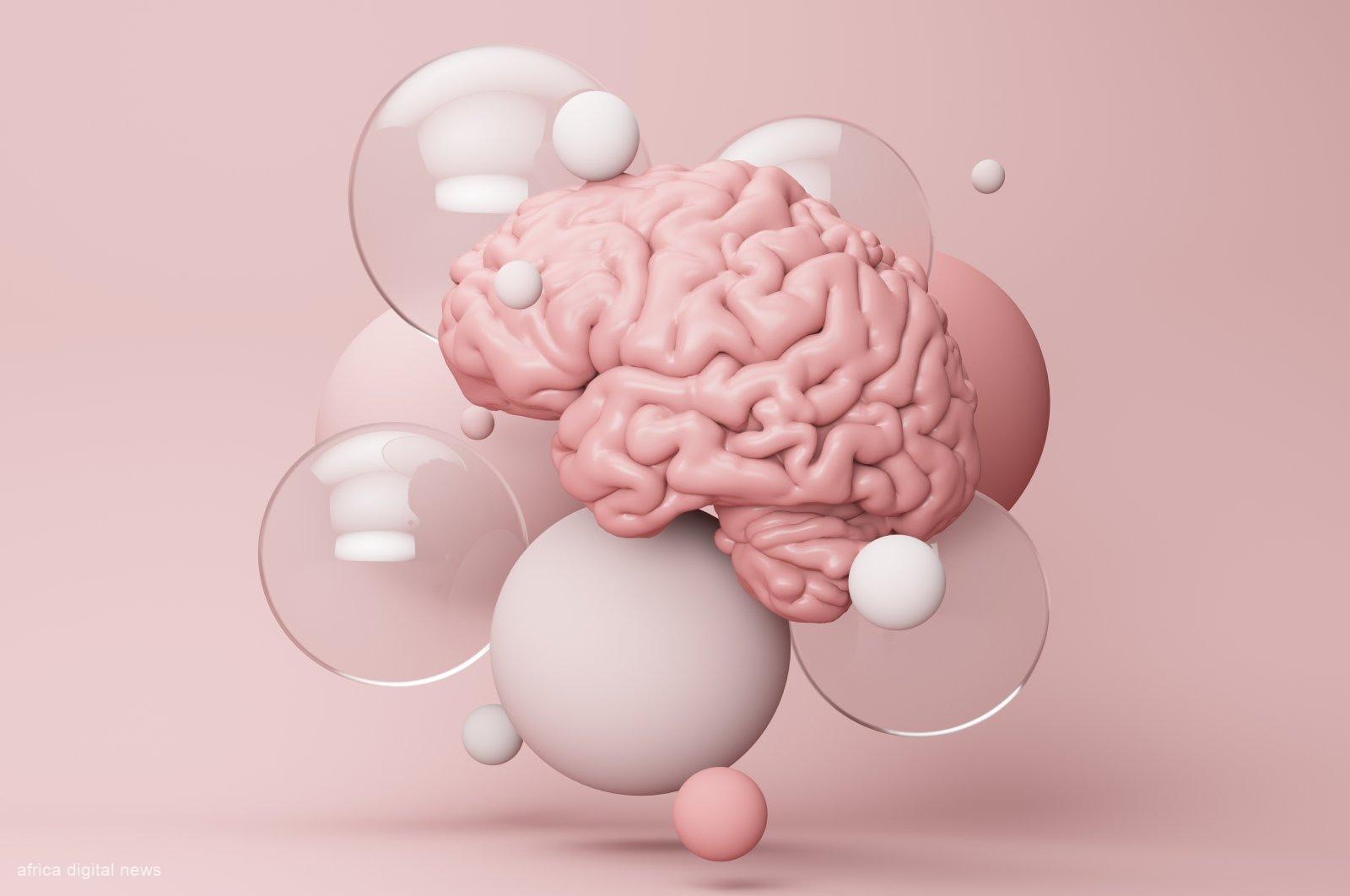Menstrual pain, often clinically referred to as dysmenorrhea, is a medical phenomenon that a vast majority of women across the globe struggle with, often on a monthly basis. This discomfort typically manifests as a throbbing or cramping sensation in the lower abdomen or pelvis, but its intensity can oscillate from a mere annoyance to a debilitating condition that significantly impedes regular activities.
A comprehensive research piece presented in the American Family Physician journal sheds light on the alarming prevalence of this condition, indicating that a staggering 50% to 90% of women in their reproductive years are afflicted by menstrual pain. This broad range underscores the varying intensities and experiences of dysmenorrhea among women. From the teenager navigating her formative years to the working professional managing her myriad responsibilities, menstrual pain remains a persistent challenge.
Yet, what’s even more disconcerting than the pain itself is the pervasive lack of awareness surrounding its management. Despite living in an era of information and medical advancements, a considerable number of women remain either uninformed or underinformed about the plethora of strategies and interventions at their disposal. This not only deprives them of potential relief but also perpetuates myths and misconceptions about a condition that, for many, is an integral part of their reproductive journey.
As we venture further into the realms of women’s health, it becomes imperative to not only understand dysmenorrhea in its entirety but also to actively disseminate knowledge on effective pain management strategies, ensuring that every woman has the tools and information she needs to lead a life less hindered by menstrual discomfort.
Understanding Menstrual Pain:
Dysmenorrhea can be classified into two types:
Primary dysmenorrhea: Pain that isn’t caused by other diseases. Symptoms typically start 1-2 days before menstruation, peaking on the first day, and may last from 12 to 72 hours.
Secondary dysmenorrhea: Pain caused by a reproductive health issue, such as endometriosis or fibroids. This pain tends to start earlier in the menstrual cycle and lasts longer than primary dysmenorrhea.
Causes and Underlying Factors:
Menstrual cramps arise from the contracting action of the uterus. During menstruation, the uterus contracts to help shed its lining. Prostaglandins, hormone-like substances involved in pain and inflammation, trigger the uterine muscle contractions. Higher levels of prostaglandins are associated with more severe menstrual cramps.
For primary dysmenorrhea, while the exact causes might remain elusive, a high level of prostaglandins is often found in women with intense menstrual pain. The pain typically begins with the onset of the menstrual cycle and may be accompanied by other symptoms such as nausea, fatigue, and even diarrhea.
On the other hand, secondary dysmenorrhea is usually attributed to specific medical conditions, including:
Endometriosis: A condition where tissue similar to the lining of the uterus grows outside the uterus, causing painful lesions.
Uterine fibroids: Noncancerous growths of the uterus which can cause pain or pressure.
Pelvic inflammatory disease: An infection of the female reproductive organs, often caused by sexually transmitted bacteria.
Adenomyosis: A condition in which the inner lining of the uterus breaks through the muscle wall, leading to enlarged and painful uterus.
Managing Menstrual Pain: Comprehensive and Effective Approaches
For countless individuals around the globe, the recurring distress of menstrual pain marks a challenging, often debilitating, monthly encounter. This reality, while universally acknowledged, is still largely shrouded in silence, cultural taboos, or simple resignation. Yet, as we navigate the 21st century, marked by rapid strides in medical innovation, a deeper understanding of human physiology, and a growing consciousness towards holistic well-being, enduring such cyclical discomfort is no longer an unalterable fate. The landscape of pain management has evolved significantly, moving beyond the immediate relief offered by over-the-counter medications. Today, those grappling with dysmenorrhea can explore a vast spectrum of both traditional medical interventions and alternative holistic therapies. From evidence-based pharmaceutical approaches to age-old practices rooted in natural wellness traditions, a world of solutions beckons, offering genuine hope and effective relief to those in search of solace from menstrual pain.
Read Also: Powerful Herbs And Spices For Type 2 Diabetes Control
NSAIDs (Nonsteroidal Anti-Inflammatory Drugs): As frontline defenders against menstrual pain, NSAIDs work by targeting and reducing the production of prostaglandins, compounds associated with uterine contractions. Medications like ibuprofen and naproxen are most commonly prescribed. While they are effective, it’s crucial to use them judiciously, taking into account possible side effects like stomach upsets or increased risk of bleeding. Prior consultation with a healthcare provider is imperative to determine the appropriate dosage and ensure there are no contraindications based on one’s medical history.
Oral Contraceptives: Birth control pills can also be effective in managing menstrual pain. They function by thinning the uterine lining, leading to lighter periods and reduced production of prostaglandins. However, they might not be suitable for everyone and come with their own set of side effects. A gynecologist can provide guidance on whether this is a suitable option.
Hormonal IUDs: These intrauterine devices release progestin, a hormone that thins the uterine lining and diminishes menstrual flow, thereby lessening cramp intensity. Apart from pain relief, they also offer long-term contraception.
Prescription Pain Relievers: In cases where NSAIDs are ineffective or unsuitable, doctors might prescribe stronger painkillers, such as codeine. However, these come with an increased risk of side effects and potential for dependence.
TENS (Transcutaneous Electrical Nerve Stimulation) Therapy: A TENS machine delivers electrical pulses to the body, aiming to interrupt pain signals sent to the brain. Some women find relief from menstrual pain using this therapy, although its efficacy can vary.
Complementary Therapies: Beyond conventional medicine, treatments such as acupuncture, reflexology, and chiropractic care have been explored as potential avenues for relief, with varying degrees of success reported.
It’s paramount to remember that menstrual pain, while common, should not be dismissed or normalised to the point of neglect. Persistent, severe pain can sometimes indicate underlying conditions like endometriosis or fibroids and warrants medical evaluation. With a combination of informed choices, medical guidance, and perhaps a touch of trial and error, a tailored strategy for managing menstrual pain is within reach for everyone.
As societies evolve, so does our understanding of health and wellness. The idea that one should simply ‘endure’ menstrual discomfort as an immutable aspect of their existence is being steadily replaced with the more progressive notion that proactive interventions can significantly improve the quality of life.
A diverse array of strategies await those who seek to navigate the challenges of menstrual pain. From the conventional approach of over-the-counter medications to holistic methods rooted in dietary adjustments and alternative therapies, the landscape of menstrual pain management is broad and dynamic. Central to this transformative journey is the guidance of healthcare professionals. Their insights, informed by both medical science and individual histories, can tailor the right approach, ensuring that each individual finds a personalised path to relief.
In conclusion, as society propels forward in its understanding and management of menstrual pain, individuals are no longer relegated to passive acceptance. Through the fusion of modern medicine, holistic practices, and informed choices, the once-daunting ordeal of menstrual pain can be transformed into a manageable aspect of life, allowing individuals to live their everyday lives with minimal disruptions.










